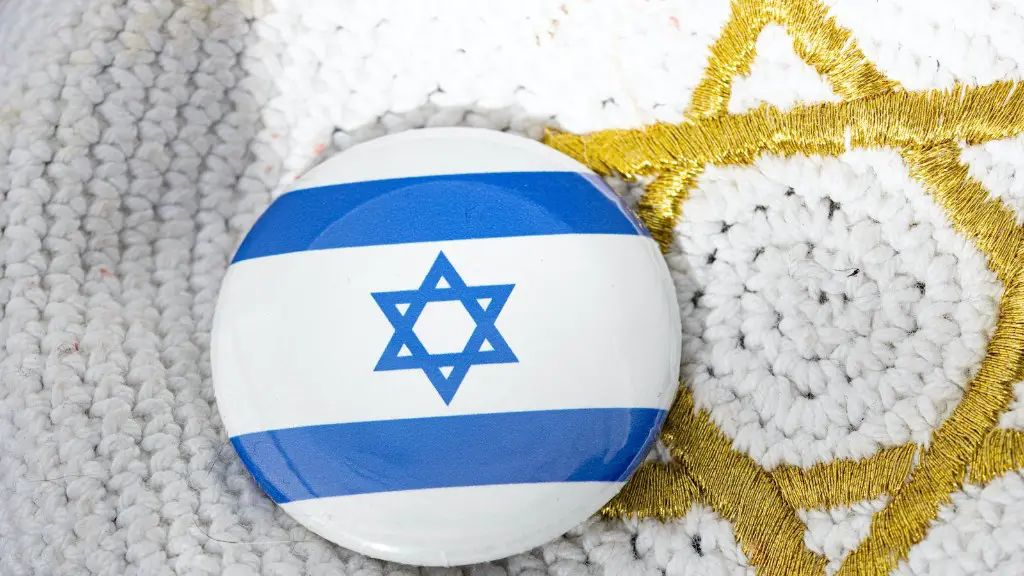Early Christianity and Its Symbols
The core values of early Christianity are transcribed within the Gospels and teachings of Jesus Christ. These principles express divine love, mercy and sacrifice, faith, hope, repentance and redemption. This period in Christian history was home to an array of powerful symbols, representing these core Christian values and more.
In traditional Eastern Christian art, the main symbol for Jesus Christ was the lamb. The Lamb of God, or Agnus Dei, denotes the sacrificial death of Jesus and his role as the Messiah. According to scripture, Jesus earned the name ‘Lamb of God’ at his baptism, when John the Baptist declares ‘the Lamb of God who takes away the sins of the world’. The symbolism of the lamb was particularly fitting for early Christian communities as lambs were regularly sacrificed in pagan temples as offerings to the gods.
The early Christian use of the cross was much less prominent than it is today. To some, the cross was a symbol of torture and shame and early Christians may have refrained from using it as an emblem. However, this changed when the Emperor Constantine converted to Christianity in 312 AD. He declared the death of Jesus Christ on the cross as a martyrdom that had reshaped the world and from this, the cross became a powerful symbol of Jesus’ heroic victory over death and a reminder of Christ’s sacrifice for humanity.
The dove was a common symbol of early Christianity, signifying the love, purity and peace of the Holy Spirit.While it is not mentioned in scripture, in Eastern Christianity, the dove has come to represent the human soul, with the spirit of God descending from heaven in the form of a gentle white dove at Jesus’ baptism. The symbol of a dove was often accompanied by a halo, which was adopted from pagan art and used to draw attention to spiritual figures. The halo can also represent eternity or everlasting power.
The fish, or Ichthys, was another symbol commonly used to identify early followers of Jesus. The Greek word for fish, ‘Ichthys’, also had the acronym ‘Iesous Christos Theou Uios Soter’ (Jesus Christ, Son of God, Saviour), making it a discreet way of identifying Christian communities. The concept of using the Ichthys as a symbol dates back to the first century when, according to scripture, Jesus told Peter to become ‘fisher of men’. The Ichthys symbol is still used by Christians today.
In early Christian art, these symbols often adorned objects such as jewelry, pictures and sculptures as a way of reminding believers to uphold the teachings of Jesus Christ. These symbols have survived for centuries and, although their meanings may have evolved, they have still become powerful symbols of faith, love and mercy that Christians continue to recognise and revere today.
The Spring Morning Rorate
The Spring Morning Rorate was a prayer service held in early Christian churches during the Paschal triduum and Easter season. During this service, the congregation would assemble in a darkened church before dawn and sing hymns of penitence. The rite was named after the opening verses of Psalm 113, ‘Ora pro nobis’, which translates as ‘Pray for us’. This service was a common form of devotion during the early Christian period and was used to signify rebirth and the anticipation of the Resurrection.
It was common practice for the clergy and the congregation to each place an unlit candle in a candelabra. The priest would then recite the prayer leading into this service, ‘Oremus pro Ecclesia Sancta Dei’, which translates as ‘Let us pray for the Holy Church of God’. As the service progressed and the dawn light filled the church, the lighting of the candles symbolised the coming of Christ and the importance of spiritual illumination.
The Spring Morning Rorate was a powerful symbol of Christian worship and devotion, particularly during Easter season. It also served to express the hope that the Church then and now holds in the Resurrection of Jesus Christ.
The Icon and Its Meaning
Icons are a prominent feature of Eastern Christianity and have been used throughout the history of the religion. The earliest icons date back to the fourth century AD, but the practice of worshipping icons has strong roots in ancient Judaism. The Hebrew term for icon is ‘tzarut’ (ceramic), which indicates the craftsmanship associated with creating these holy images.
Traditional icons portray Jesus, Mary and the saints in a simple and humble manner, with all having almond eyes, a rounded, straightforward face, and wavy hair. The clothing is simple and modest and the background is often a flat golden colour. These stylistic elements emphasise the holiness of the figures portrayed, rather than any earthly concerns.
In some Orthodox communities, the clergy will bring out the icons and process them around the church or the congregation will kneel and kiss the icons as a sign of respect. The faithful believe that the icon acts as a spiritual gateway to the divine, connecting man to God. Furthermore, icons are seen as a reminder that Jesus and the saints transcended death and are now in the presence of God.
From the fourth century onwards, icons have been a major symbol of Christian devotion. They have become a sacred reminder of the Resurrection of Jesus Christ, the divine power of saints and the connection of man to God.
The Anointing with Oil
The anointing of oil was an important part of early Christian rituals, particularly for healing and exorcism. As it is mentioned numerous times in the New Testament, the oil was believed to be a symbol of holiness and an expression of faith. It was considered to be an effusion of the Holy Spirit that brought physical and spiritual healing.
The oil was notably used in the ordination of priests and bishops, as well as during the baptisms of children and adults. Mainstream churches would bless oil, often referred to as ‘chrism’, on the Holy Thursday of Easter so that it could be used in the following period. During this ceremony, a priest would consecrate the oil whilst reciting prayers and the entire congregation would sing the litany of Saints.
The anointing with oil was a powerful symbol of the coming of the Holy Spirit into a person’s life and of the divine grace bestowed upon them.The practice emphasised the importance of spiritual guidance and revealed the faith and trust of Christians in the power of the Holy Spirit.
The Baptism
The baptism of Jesus by John the Baptist is an event which is celebrated by churches around the world. The Orthodox Church recognises baptism as an essential element of the faith, while the Catholic Church sees it as both an initiation into the Church and an affirmation of faith. During this ritual, water is dipped three times over the head of the believer and a priest will recite prayers and sprinkle holy water.
The significance of this ritual is that the believer is entering a new relationship with God. Jesus Christ set a perfect example for us in his own baptism and this ritual was adopted in early Christianity to represent the covenant that Jesus forms with his followers. It is also important to note that baptism also symbolises a release from sin and freedom from guilt, marked by the transformation from a state of spiritual death to one of spiritual life.
Early Christians saw baptism as an outward symbol of their faith in Jesus and the relationship that had been established with him. This powerful ritual is a sacred reminder of the relationship between a believer and their Saviour and has since become a major part of the Christian faith.
The Sign of the Fish
The sign of the fish was a common symbol used by Christians in the ancient Near East to identify themselves. It was believed that the Greek letters ‘Ichthys’ formed an acronym, which translated to ‘Jesus Christ, Son of God, Saviour’. This sign was often represented in hand gestures, with the two fingers crossed in a symbol of faith. It was also represented on public monuments, tombs and other objects. Furthermore, sealed documents were commonly marked with this sign.
The sign of the fish was an important symbol during the early Christian period as it was a way of subtly proclaiming one’s faith. It was also a reminder of the importance of baptism, for just as fish live in the water, so too do Christians find spiritual life and transformation in baptism.
The sign of the fish represented the hope and faith of early Christians and has since become a symbol of Christianity that is still recognised and respected today.



